Mike Lueger: Welcome to the Theatre History Podcast, a podcast produced for HowlRound Theatre Commons, a free and open platform for theatre makers worldwide.
Hi, and welcome to the Theatre History Podcast. I'm Mike Lueger. The New York Times calls it a “great cultural depression.” The National Endowment for the Arts said that, as of the September 2020, over half of all actors were unemployed. With a few exceptions, most theatres and other performance venues likely won't reopen until the summer of 2021 at the very earliest. The COVID-19 pandemic has been cataclysmic on many levels, causing hundreds of thousands of deaths in the United States alone, but it is also brought widespread destruction on the arts sector, leading to financial precarity for institutions and individuals alike.
How can we mitigate the damage and pick up the pieces to build something new? An increasing number of people who work in and study theatre have an answer: a revival of the Depression-era Federal Theatre Project [FTP]. This proposed remedy went mainstream when playwright Jeremy O. Harris brought it up in an interview in December 2020 with Late Night host Seth Meyers. But it's been raised in discussions of the current crisis almost from the very beginning. Today, we are fortunate to be joined by two guests with some unique perspectives and keen insights on the past and possible future of the Federal Theatre Project.
Dr. Elizabeth A. Osborne is associate professor of theatre studies at Florida State University and the author of Staging the People: Community and Identity in the Federal Theatre Project. Corinna Schulenberg is the director of communications for the Theatre Communications Group and founding creative partner of Flux Theatre Ensemble. Beth and Corinna, thank you both so much for joining us.
Corinna Schulenberg: Thank you for having us.
Elizabeth A. Osborne: Really glad to be here.
Mike: I mentioned earlier that people have been bringing up the Federal Theatre Project as a potential model for how to handle this crisis since it began in early 2020, and, Corinna, you were one of those people! You're quoted talking about the FTP in a piece in Vulture by Helen Shaw—and everyone listening to this please keep in mind, this is back in March of 2020, almost a full year before we were recording this interview—about how the pandemic was wreaking havoc on theatre, and things obviously haven't gotten much better since then. But could you please bring us up to date on what the current landscape looks like for theatre and the people who work in them?
Corinna: Sure. Thank you. Hi everybody, I'm Corinna, I use she/her pronouns. I'm speaking to you from the lands of the Munsee Lenape and Canarsie, colonially known as Forest Hills, Queens. I'm really grateful to be with you all today. And to answer this question, you outlined a lot of the economic precarity that theatres are facing and theatre workers are facing, and so the only thing that I want to lift up before I get to some more positive news is that I think as we're talking about the economic impact of the job losses of the shuttered stages, we also just need to talk about the additional trauma of the loss of life. I am often think about the ways in this country that we've never really reckoned with the original trauma of the genocide of Native peoples, the enslavement of Africans; and the lack of reckoning with that trauma continues to make things so much more difficult for us today.
And so I think that what we're talking about is something larger than just an economic depression, if you can even use the word “just.” I think we're also talking about really significant trauma, and for a lot of us—for queer and trans folks of a certain age—this is the second plague in our lifetimes. We are dealing with folks who should be elders but are ancestors. And for people of the global majority—Black people, Brown people, people of color, Native people—this pandemic is also occurring among the longstanding pandemic of police brutality, of White supremacy, which we saw the most beautiful uprising and the largest protest in this country over the summer during the pandemic. So all of that is happening, and that's all in our bodies. And so I think we just need to start from that human place of the care that we all need in addition to the economic support that we need. And of course, these things are linked.
So with all that said, I actually think there's some good news in terms of what is becoming more possible in terms of federal investment in the arts and arts workers at the scale of the Federal Theatre Project. So I'm sure you're all aware, but Theatre Communications Group, where I work, does a lot of advocacy at the federal level, led by Laurie Baskin. We do that work in coalition, and we've had some major successes in part, not just because of TCG's work, but because of a lot of grassroots arts advocacy organizing from the arts hero folks and just theatre leaders stepping up and really making arts advocacy a priority in a way that they hadn't before.
And that's huge, the Shuttered Venue Operators Grant is $15 billion. It's not just for theatres, but that's significant. The second draw of the paycheck protection program is $280 billion. Many, many theatres are going to be able to take advantage of that. There's also huge opportunities in the employee retention tax credits. And so, look, these things aren't a big, beautiful Federal Theatre Project, but they are really significant. They're offering major relief opportunities to theatres and theatre workers right now. And that's the work of tremendous advocacy efforts.
And I think that you see symbols of that, not just with Jeremy O. Harris talking about the Federal Theatre Project, which is amazing, but also Senator Chuck Schumer wearing the “Save Our Stages” mask at the inauguration. So this concept of the Overton window, which I think people are probably familiar with, but just the idea that an idea feels impossible until you talk about it enough and it begins to feel inevitable. And think what you are seeing—both from a really tangible policy perspective and then from a cultural perspective—is a shift to where significant federal investment in the arts and arts workers is way more possible than it was even in March of 2020.
And I think that's really, really exciting, and that's not just the work of arts advocacy workers. I just also want to name that it's the work of racial justice, social justice organizers. The only reason that we have a Senate where Chuck Schumer is the majority leader… There's a phrase in organizer circles, “movement did that.” And movement did do that. Movement gave us a Democratic president, the Democratic House and Senate. And that is what is making a lot of these new opportunities possible. And I say that not only to give credit where credit is due, but just to say that I think that this question of the Federal Theatre Project, a new version of it investing in arts workers in that way, is inexplicably tied to these larger conversations about all workers, which is a labor justice conversation, which is a racial justice conversation, which is a climate justice conversation. And we only get stronger when we have that frame. And I think that's where I will end for now.
Mike: Well, if you don't mind, I would also love to hear a little bit about your perspective as someone who is also an artist in addition to your work with TCG. Can you just share a little bit about what this extended shutdown has meant for you, for those you work with?
Corinna: Yeah. I was dreading this question a little bit because, to be honest, it's really raw. So Flux Theatre Ensemble, we are a small ensemble in Lenape land in New York City, although we are based in other areas of the country now too. We're a non-hierarchical, consensus-based ensemble. And so, for us, we've just felt this pandemic really personally. A lot of our ensemble members have been sick with COVID, and some are dealing with the effects of long COVID. So for us, before we even get to the pain of not being able to do our work in the way that we want to, there's just the act of collective care, which is a core value for Flux, and never has it been more important than now, just making sure that we are okay, that folks who need help in our ensemble are getting help.
So it's been really difficult. Then you add on the fact that we had a really amazing season lined up, really great shows that we were really excited about, and there is pain in not being able to do them. We've pivoted, as so many theatre artists have. We have a really cool project coming out that's going to be all phone-based text and using Twilio, and I won't go into it now. So we've pivoted in that way. But I think that during this time, we have prioritized that act of collective care. It's what we've been able to do. And I think it's the most important thing in particular, because I do see a lot of other theatres charging ahead with reopening plans already without a lot of care as to what that's going to feel like to be in a room with people again, without masks, the way in which we kind of need to rebuild our capacity for physical intimacy with each other.
And so that's another thing that Flux is doing. We're working on this ritual of reopening, which will hopefully be something that we can share with anyone else who wants to do it, but what will help get our bodies in a place where we can even be in theatre spaces at all and not feel panic, not feel anxiety, but really be open to what we love about theatre again.
Mike: So that's a perspective on where we are currently in 2021. Let's take a look back to the 1930s now. Beth, could you give us some historical perspective here and maybe just begin by just explaining briefly what the Federal Theatre Project was?
Elizabeth: Yeah, definitely. First off, thank you again for bringing me here. I use she/her pronouns, and I am coming to you from the ancestral land of the Muscogee and the Creek. So to talk a little bit about what the Federal Theatre Project was… I mean, on a very basic fundamental level, it was a work relief program that was part of the New Deal, part of the WPA. And then under that part of Federal One, which was the arts conglomerate of the WPA, it ran for four years from 1935 to 1939. And it was led by this tiny little amazing woman named Hallie Flanagan. She's pretty fabulous. So if you want to hear more about her, I'm happy to share, but I'll focus on the Federal Theatre for now.
I mean, really the Federal Theatre emerged because, a few years into the New Deal, folks looked around and said, “Maybe artists are worthy of getting some relief, too.” And maybe we could even find a way to put those artists back to work in the field that they're actually trained to be in. And so that's really where the Federal Theatre Project came about. It was fundamentally, first and foremost, relief. It certainly grew in other ways, depending on who you talk to. The amazing woman that I talked about, Hallie Flanagan, she saw the Federal Theatre Project as something that could boost morale nationwide in a people who really desperately needed a morale boost in middle of the Great Depression, but she also saw it as something that would preserve—something that was a national resource. Arts abilities, art culture, performance as a whole is something that needed to be preserved, and saying that the Federal Theatre Project could do that.
And then finally she saw it as a way to bring theatre to the masses. And by the masses, I'm really talking about all the people who don't happen to live just geographically within transport distance of actual, like, professional theatres. There's a lot of people in the country, And there were a lot in the Great Depression that just don't physically live near something where they could have a theatrical experience. And so the Federal Theatre Project also was wanting to reach all of those people, or at least a lot of those people, in new ways, to invite new audience members into the field.
Mike: One of the things that's really valuable about your book, Staging the People, is that it gets away from the usual stories. I think many people with a casual knowledge of the FTP will be aware of something like the Living Newspapers, which this kind of documentary theatre, or the different productions that involved, say, Orson Welles, but you get away from that. You talk about how it's also about the way that theatre came to these regional centers on these tours of the countryside. Can you tell us a little bit about how it did that and maybe why it mattered?


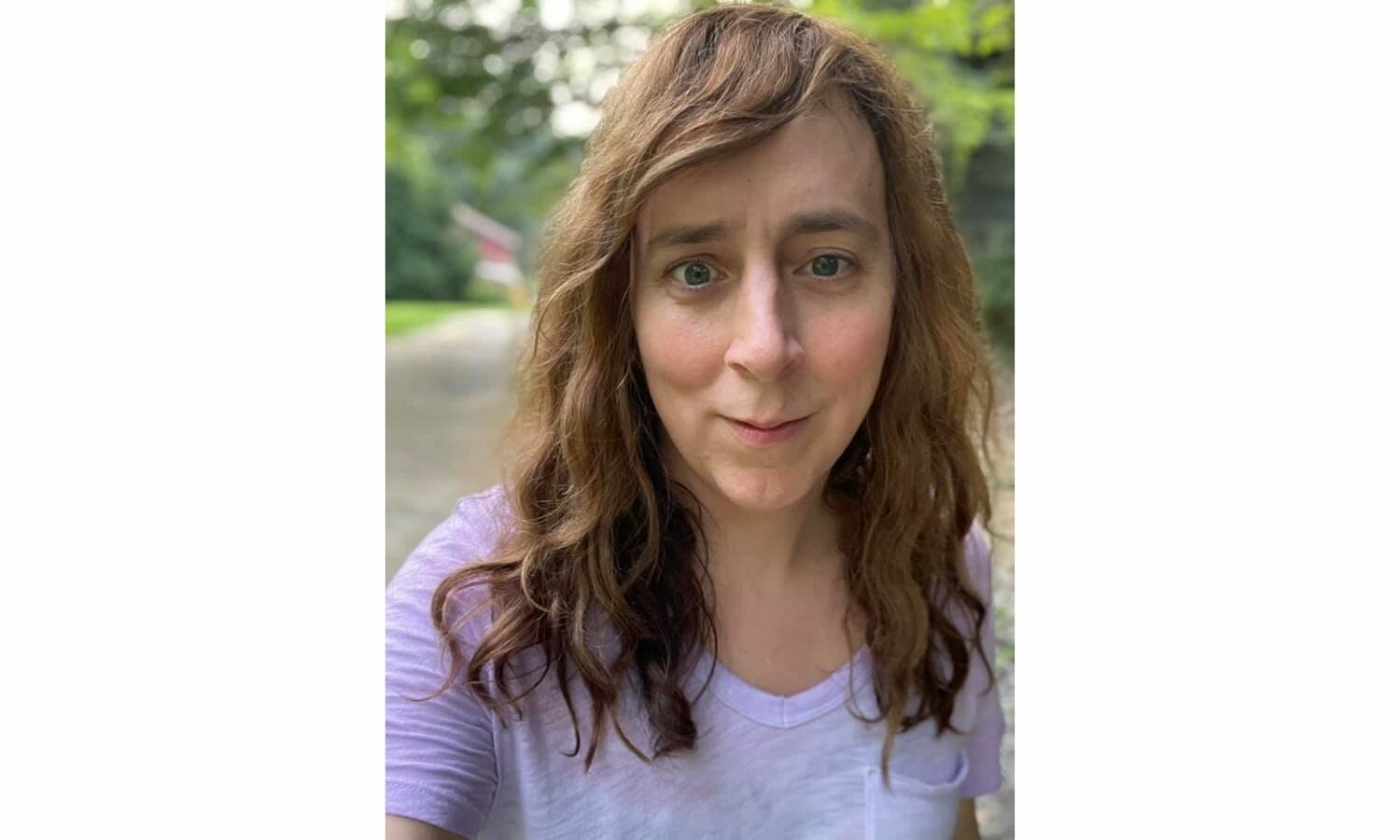
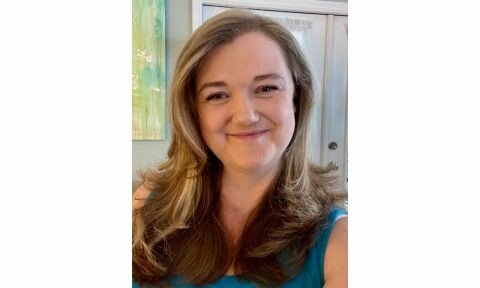
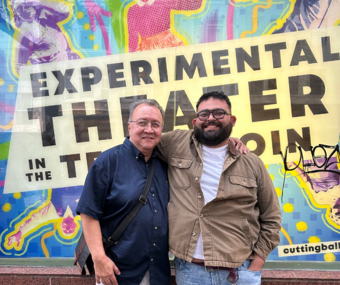


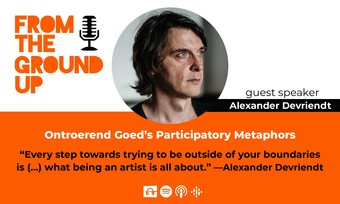


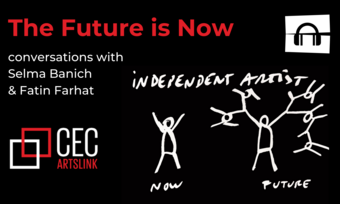

Comments
The article is just the start of the conversation—we want to know what you think about this subject, too! HowlRound is a space for knowledge-sharing, and we welcome spirited, thoughtful, and on-topic dialogue. Find our full comments policy here